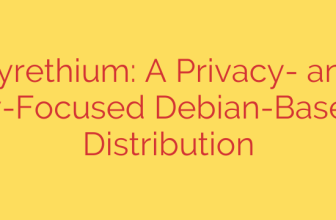
The latest evolution of Java brings forward a set of powerful, potentially permanent features designed to significantly enhance development, performance, and overall platform capability. These additions reflect ongoing efforts to modernize the language and virtual machine, addressing complex challenges in areas like concurrency, interoperability, and memory management. Understanding these core advancements is crucial for anyone working with the modern Java ecosystem.
One critical area receiving significant attention is concurrency. The introduction of Structured Concurrency aims to simplify the management of concurrent tasks by treating groups of related tasks as a single unit of work. This approach makes error handling and cancellation much more predictable and robust, dramatically reducing the complexity often associated with multithreaded applications.
Another groundbreaking feature is the Foreign Function & Memory API. This provides a safe and efficient way for Java programs to interoperate with code and data outside the JVM. Developers can now easily invoke native libraries and process native memory without the fragility and overhead of the Java Native Interface (JNI), opening up new possibilities for integrating with diverse systems and technologies.
Managing shared data in concurrent applications becomes cleaner and safer with Scoped Values. These values allow data to be safely and efficiently shared within a thread and its child threads without resorting to mutable thread-local variables or passing arguments through complex call stacks. This enhances code clarity and maintainability while improving performance in concurrent scenarios.
The Stream API, a cornerstone of modern Java development, is further enhanced with Stream Gatherers. These custom intermediate operations allow developers to define flexible and reusable ways to process elements in a stream. Unlike existing intermediate operations, gatherers can aggregate elements, perform more complex transformations, and introduce stateful processing logic within the stream pipeline itself, offering greater expressive power.
Finally, memory management sees a significant improvement with Generational Shenandoah. This enhancement brings generational support to the low-pause Shenandoah garbage collector. By separating objects into young and old generations, the collector can focus efforts on the young generation where most objects die quickly, resulting in even lower pause times and improved efficiency for applications requiring consistently low latency.
These key features represent substantial progress for the Java platform, providing developers with more effective tools to build high-performance, reliable, and maintainable applications for the future. Embracing these advancements is essential for leveraging the full potential of Java.
Source: https://itnext.io/5-permanent-features-in-java-24-61e971b246be?source=rss—-5b301f10ddcd—4








